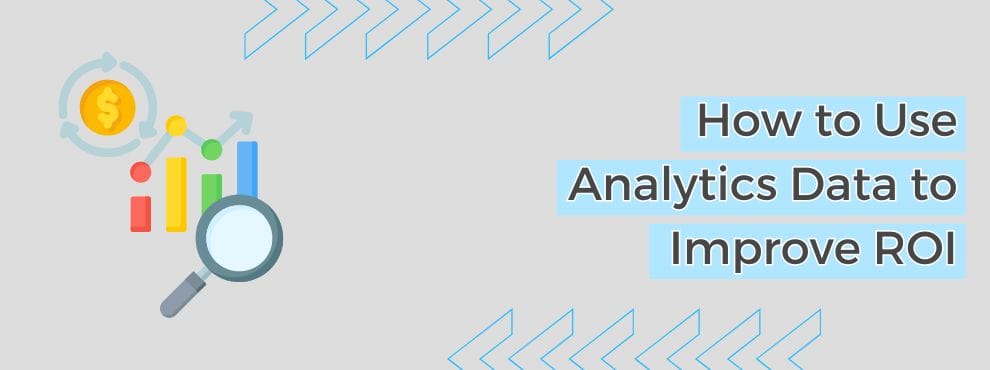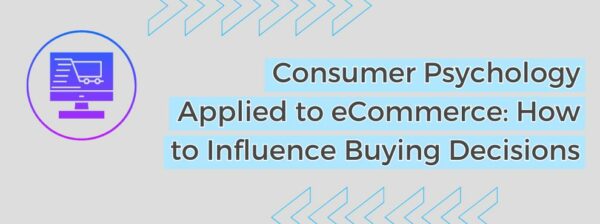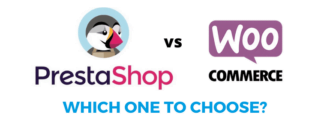In today’s highly competitive digital environment, companies need to make the most of the tools available to maximize their performance. One of the most effective methods to achieve this is through the use of analytics data. This discipline provides invaluable information on user behavior, market trends and the effectiveness of marketing campaigns. If used correctly, it can help optimize strategies, reduce costs and ultimately improve return on investment (ROI). Here’s how to leverage analytics data for better results.
Table of contents
- 1 The Fundamental Role of Analytics Data in Digital Marketing
- 2 Establishing clear and measurable KPIs
- 3 Segmentation and personalization: Keys to improving ROI
- 4 Analyze and optimize the conversion funnel
- 5 Using predictive analytics to forecast trends
- 6 Data-driven marketing automation
- 7 Continuous measurement and adjustment to optimize ROI
- 8 Conclusion
The Fundamental Role of Analytics Data in Digital Marketing
Analytics data is essential to understanding how users interact with your website, e-commerce platforms and other digital initiatives. Knowing the most profitable traffic sources, the most in-demand products and pain points in the buying process allows you to make informed decisions.
Imagine your site receives a high volume of traffic from social media, but conversions are not increasing. The analytics data may point out that the content is not convincing users, or that there are obstacles during the checkout process. Identifying these pain points and addressing them with precise solutions can significantly improve conversions and thus ROI.
Establishing clear and measurable KPIs
Defining clear key performance indicators (KPIs) aligned with business objectives is crucial to improving ROI. These KPIs not only guide strategies, but also allow you to measure success over time and adjust course if necessary.
Examples of relevant KPIs include:
- Conversion rate: measure your site’s effectiveness in converting visitors into customers.
- Average order value (AOV): reveals the average amount spent per customer.
- Cost per acquisition (CPA): reflects how much it costs you to acquire each new customer.
- Cart abandonment rate: allows you to detect where in the funnel users abandon the purchase process.
These indicators must be SMART (specific, measurable, achievable, relevant and time-bound) to ensure they are effective. Instead of setting a vague goal such as “increase sales”, it is better to be specific, such as “increase sales by 15% in the next three months”.
Segmentation and personalization: Keys to improving ROI
One of the biggest advantages of analytics is the ability to accurately segment audiences based on their behaviors, interests and demographics. Personalizing the user experience allows you to send more relevant messages, offers and promotions, which increases the likelihood of conversion.
For example, if data reveals that repeat customers tend to buy certain products, you can send them personalized recommendations. Similarly, if you notice that new visitors are abandoning the site after viewing certain content, you can modify those elements to reduce the abandonment rate.
In addition, segmentation allows you to create more specific conversion funnels, adapted to each group of users, which improves the efficiency of your campaigns and, consequently, your ROI.
Analyze and optimize the conversion funnel
The conversion funnel is the journey of a user from the moment they become aware of your brand until they perform a desired action (such as buying a product or registering). Each stage of this process should be carefully analyzed to identify potential obstacles and opportunities for improvement.
Some common strategies to optimize the funnel include:
- Simplify the checkout process: Fewer steps often translate into higher conversions.
- Reduce unexpected costs: Additional charges such as taxes or shipping can create friction.
- Offering diverse payment options: Allowing different payment methods can facilitate conversion.
Analytics can help uncover at what exact stage users abandon the process, allowing targeted changes to be implemented to increase conversion rates and thus improve ROI.
Using predictive analytics to forecast trends
Predictive analytics is one of the most powerful tools for improving ROI. Using historical data, you can anticipate future patterns and behaviors, allowing you to make proactive decisions.
For example, if historical data shows an increase in demand for certain products in a given month, you can prepare targeted marketing campaigns for that period. Also, predictive analytics can identify customers most likely to abandon the brand, allowing you to implement retention strategies with personalized offers or service improvements.
Data-driven marketing automation
Data-driven marketing automation allows you to increase efficiency and improve ROI by continuously optimizing campaigns. Tools such as automated emailing, dynamic segmentation and A/B testing are ideal for this purpose.
A practical example is the automation of abandoned cart tracking. Using behavioral data, you can send personalized emails to users who have left products in their cart, encouraging them to complete the purchase. This tactic not only improves the sales recovery rate, but also saves time and resources, which contributes to a better ROI.
Continuous measurement and adjustment to optimize ROI
The key to improving ROI is constant measurement and adjustment of strategies. Analytics is not a static process, but should be a continuous cycle of evaluation and adjustment.
Frequent testing and review of KPIs is essential to detect opportunities for improvement. Even small changes, such as modifying the design of a page or adjusting the text of an ad, can have a big impact on results.
Conclusion
Effectively using analytics data is critical to improving ROI in digital marketing. From defining KPIs and audience segmentation to implementing predictive analytics and marketing automation, all of these strategies must be based on accurate and actionable data. IDX Innovadeluxe offers customized analytics solutions to maximize your business results. Don’t underestimate the power of data: when used strategically, it is the key to optimizing profitability and long-term success.
Related Posts










Deja un comentario